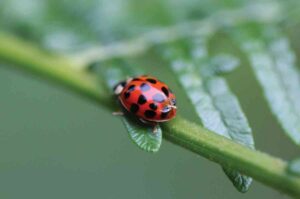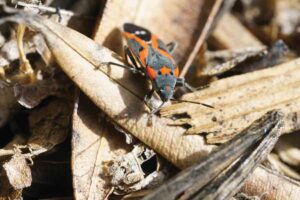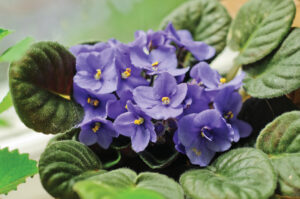Now that fall has arrived and the winter season is approaching, many of us start to notice various insect critters trying to find shelter inside our homes.
The good news is that most of these insects are perfectly harmless and are simply a nuisance. In fact, many of them are actually quite beneficial because they eat other soft bodied pests that we’re not big fans of, like aphids. Now that the season is ending, these insects are simply just looking for a place to survive the winter.
Some of the common pests that we see trying to find shelter include Asian lady beetles, elm leaf beetles and boxelder bugs. Asian lady beetles, for example, spend the winter in cracks and crevices of cliffs in their native areas of Japan. Since we’re absent of many cliffs here in Illinois, they look for other cracks and crevices to hide in, including the ones in our homes.
These insects may enter through cracks in the foundation, around windows or air conditioning units, or may simply just hitch a ride as we come in the door. The good news is that elm leaf beetles, boxelder bugs and ladybugs don’t reproduce or feed while they are indoors, so you only have to deal with the ones that make it indoors.
A quick method of cleanup is to vacuum up the insects or scoop them up and send them back outside. In order to help prevent this problem further, it’s advised to try and fill up any cracks outside the home using caulking materials.
One pest to keep an eye out for is the brown marmorated stink bug (BMSB). This pest has been found in many counties in Illinois at this point. BMSB is a pest that can cause serious feeding damage to many of our agricultural crops and then becomes a nuisance as it starts to enter our homes in the fall.
Typically, the adults will begin to move to overwintering locations in September, with peak movement in late September and October. Homeowners may start to see BMSB begin gathering on homes, barns and garages during this time.
If you see a stink bug that you think may be BMSB, you can bring it to your local Extension office for identification.










